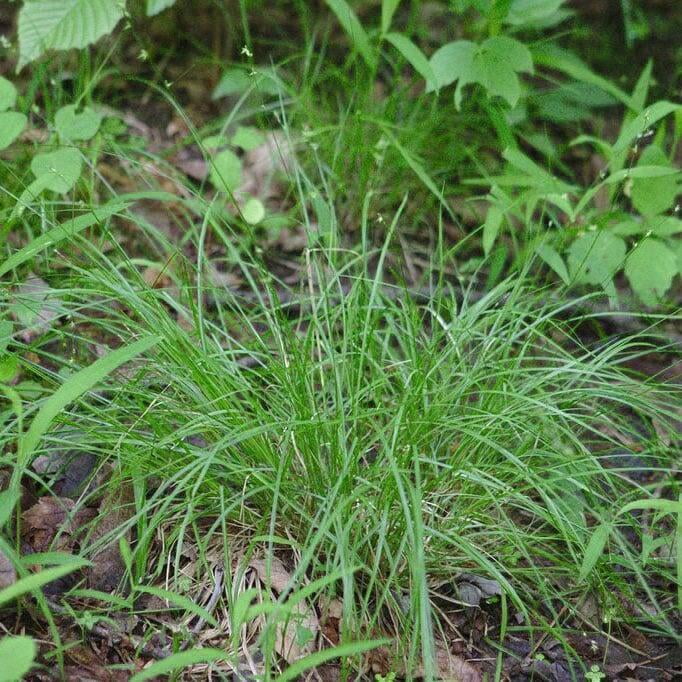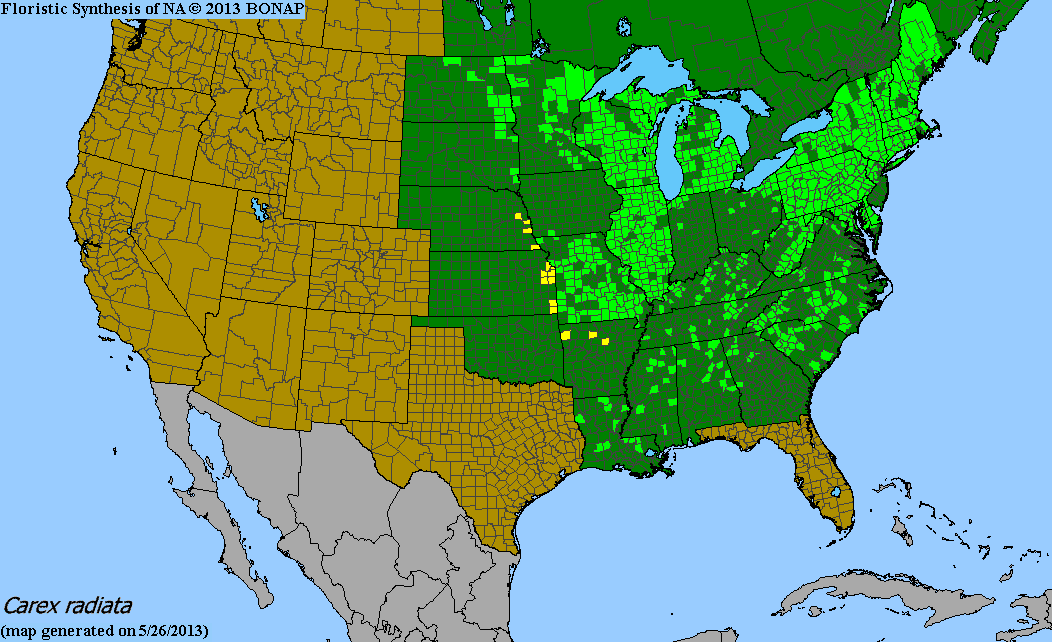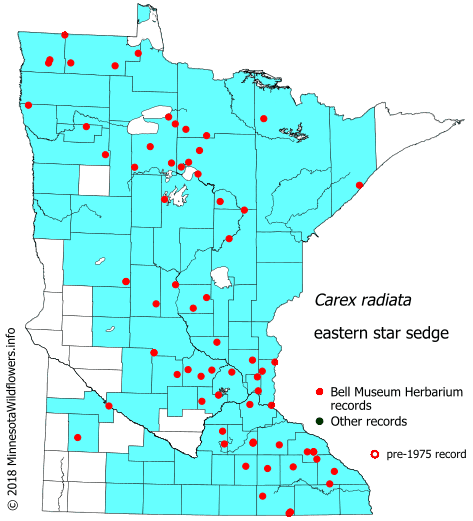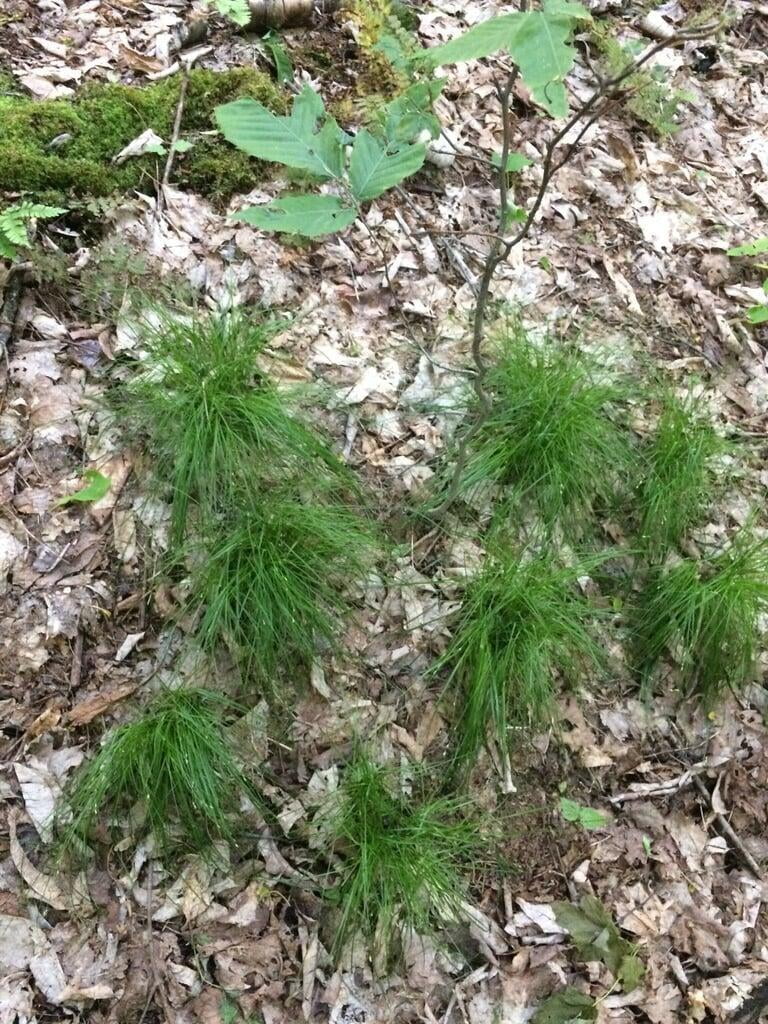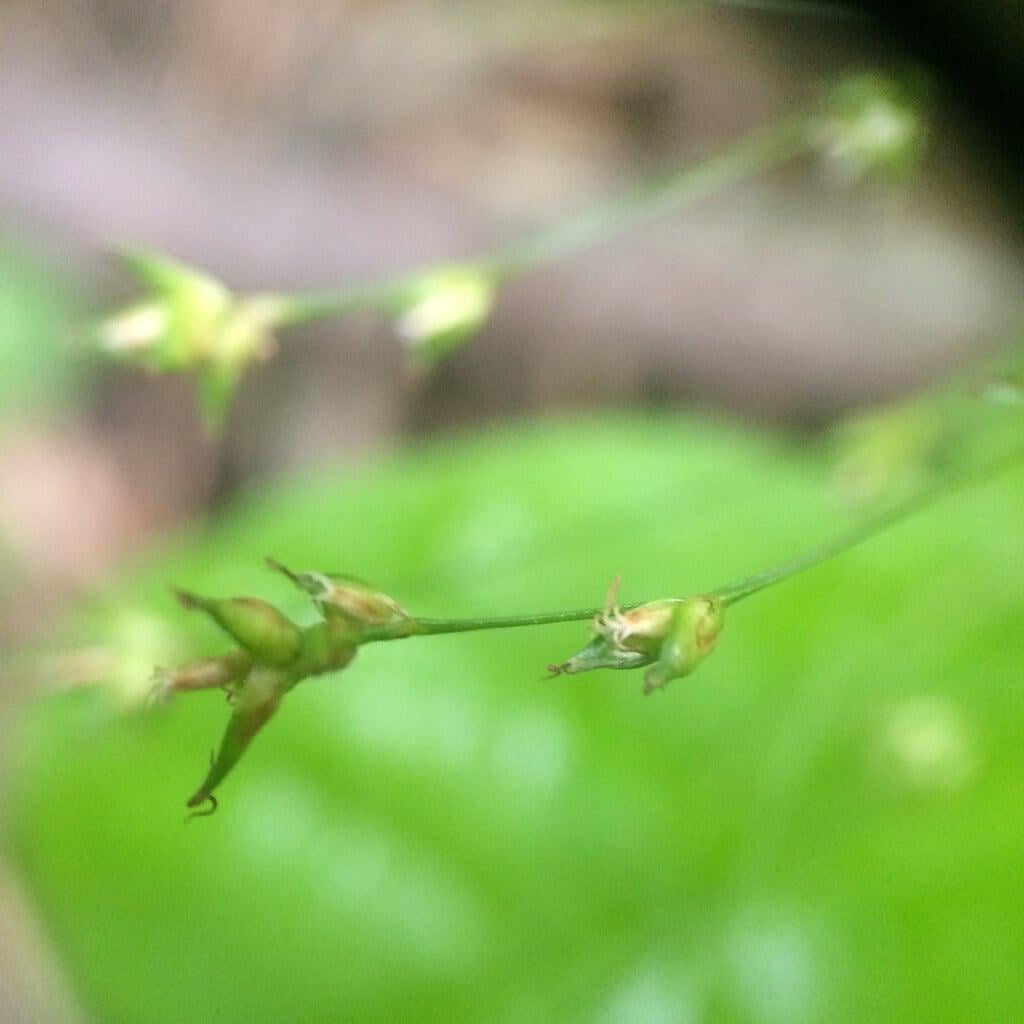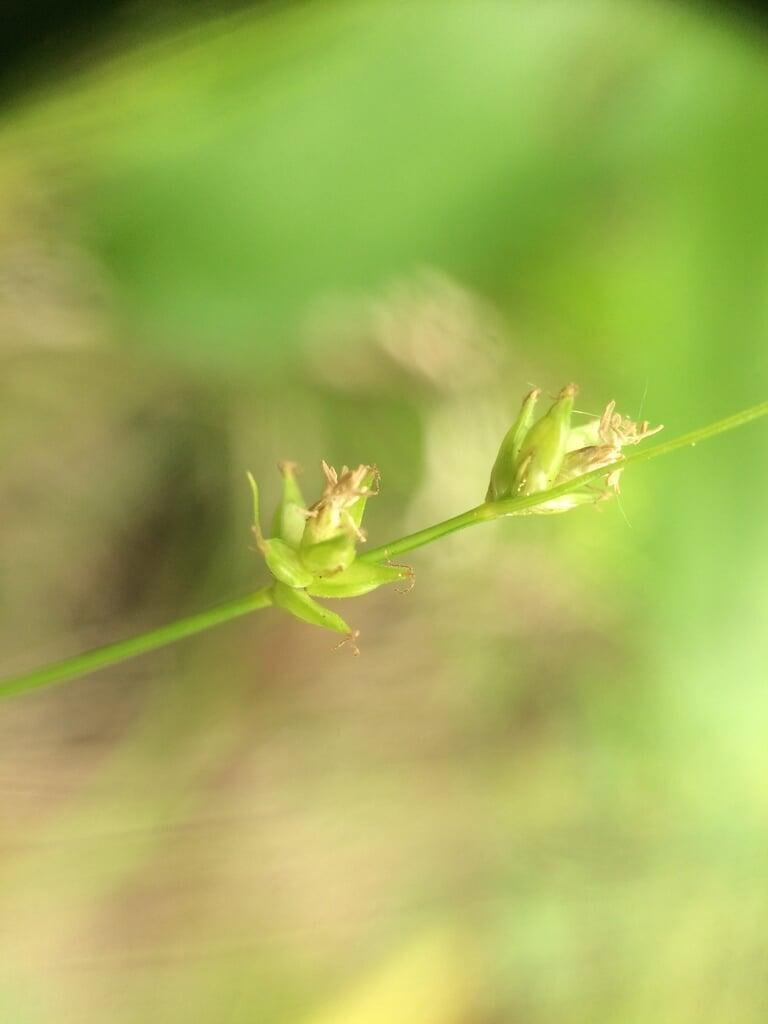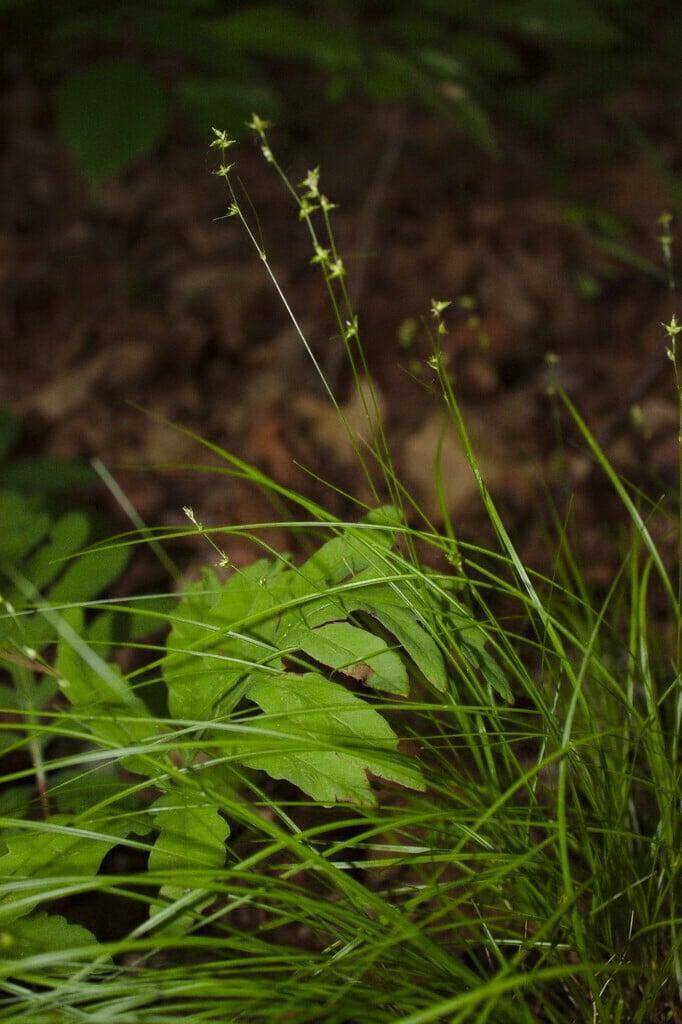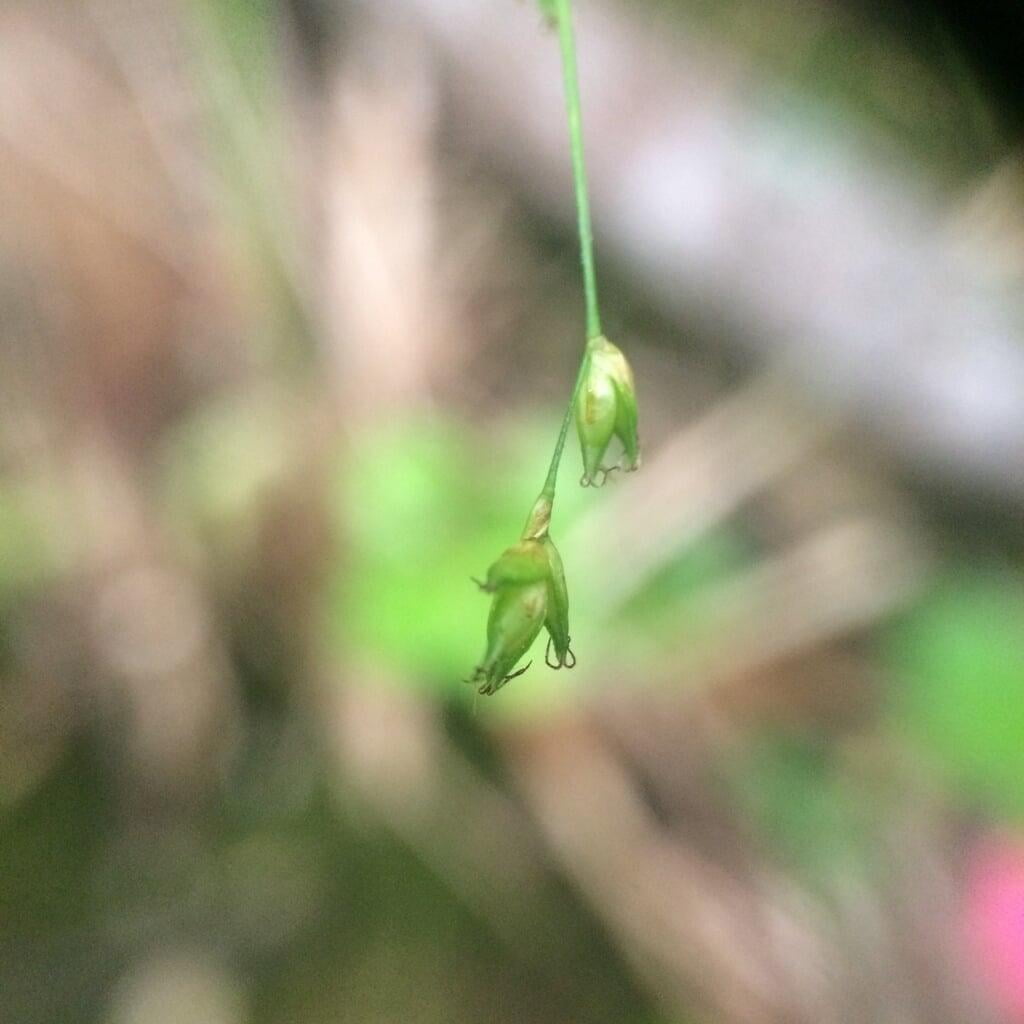Carex radiata
Eastern star sedge Description:
Carex radiata, commonly known as Eastern Star Sedge or Radiata Sedge, is a species of perennial sedge plant that is native to North America. It belongs to the Cyperaceae family and is commonly found in wetland areas such as bogs, marshes, and meadows, where it grows in clumps or as a ground cover.
The plant typically grows up to 30" inches in height, with thin, wiry, green leaves that are about 1/8 inch wide. It has long, slender flower spikes that appear in early to mid-summer and are yellow-brown in color. The plant produces small, inconspicuous seeds that are often dispersed by wind.
Carex radiata plays an important role in wetland ecosystems, providing habitat and food for a variety of wildlife, including waterfowl, shorebirds, and small mammals. It also helps to stabilize soil and prevent erosion, and its dense root system aids in water filtration and nutrient uptake.
In addition to its ecological importance, Carex radiata is also valued as an ornamental plant for its attractive foliage and ability to grow in wet or boggy areas. It is often used in wetland restoration projects and as a component of green infrastructure systems to manage stormwater runoff.
Native Range:
Eastern star sedge is found throughout most of Minnesota. More broadly, Eastern star sedge can be found throughout the central and Eastern United States.
Standard Plant Information:
Plant height: 8" - 30"
Fruiting time: June - July
Preferred habitat: Does well in part shade to shade in average to moist soil. Often found in woodlands, floodplain forest, pond edges, and wetland margins.
Sowing:
For most homeowners, the best option is to scatter seed on the ground by hand broadcasting at a minimum of 15-16 pls lbs per acre. For even coverage, we recommend that you broadcast seed in perpendicular rows across the site to ensure even coverage.
Planting:
Simply dig a hole in the soil slightly larger than the plant’s roots. Ensure that the soil line of the plant is maintained during the transfer (i.e. the plant should be at the same level with the ground as it was in the pot). Pack any loose dirt back around the plant and make sure you water it well the same day to ensure it has the best chance of survival.

